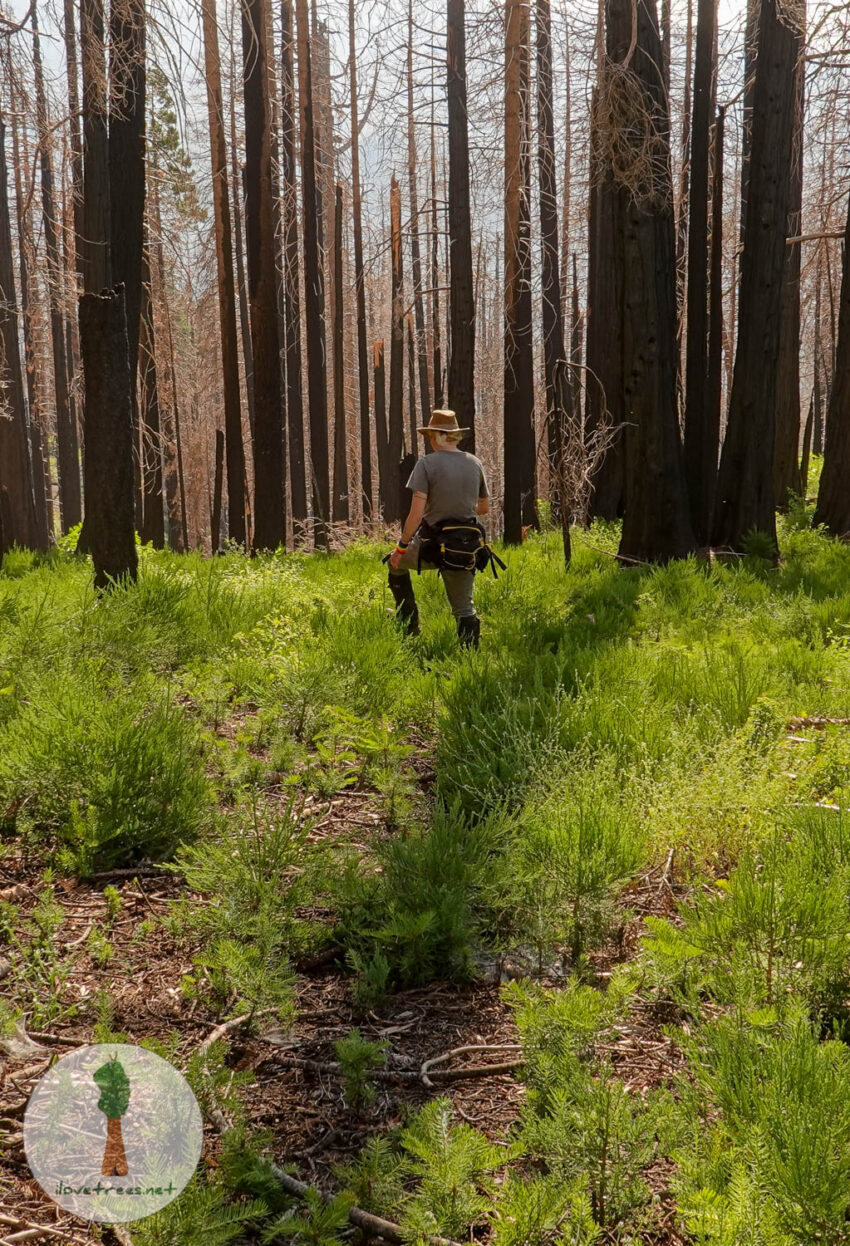by Kim Dicso and Sue Cag
Sequoia seedlings are thriving after the recent wildfires, especially in the harshest burned areas. They are also being destroyed by human actions, including logging and planting in the sequoia groves.
I spent the latter part of 2020 and most of 2021 tromping through the ashy remnants of burned forests. At the time, the severely burned areas seemed like vaporized moonscapes. I couldn’t fault the National Park Service (NPS) and Forest Service (USFS) for assuming these forests would never come back on their own. How could they?
The answer is that nature is amazing and always finds a way. I returned to these same areas in summer 2023 and was greeted with a vibrant understory and dense pockets of thriving sequoia seedlings! Many of the sequoias and other conifers I had thought would probably die had flushed out in green. The shrubby understory provided just enough shade in otherwise open areas for the sequoia seedlings to thrive. There were deer grazing on the fresh greenery, owls and ravens nesting in new fire-hollowed tree cavities. Places that just a few years ago were desolate wastelands are now teeming with life. Sure, it may take a few generations for the landscape to be full of conifers again, but forest succession takes time. It’s what nature does. And it’s beautiful.
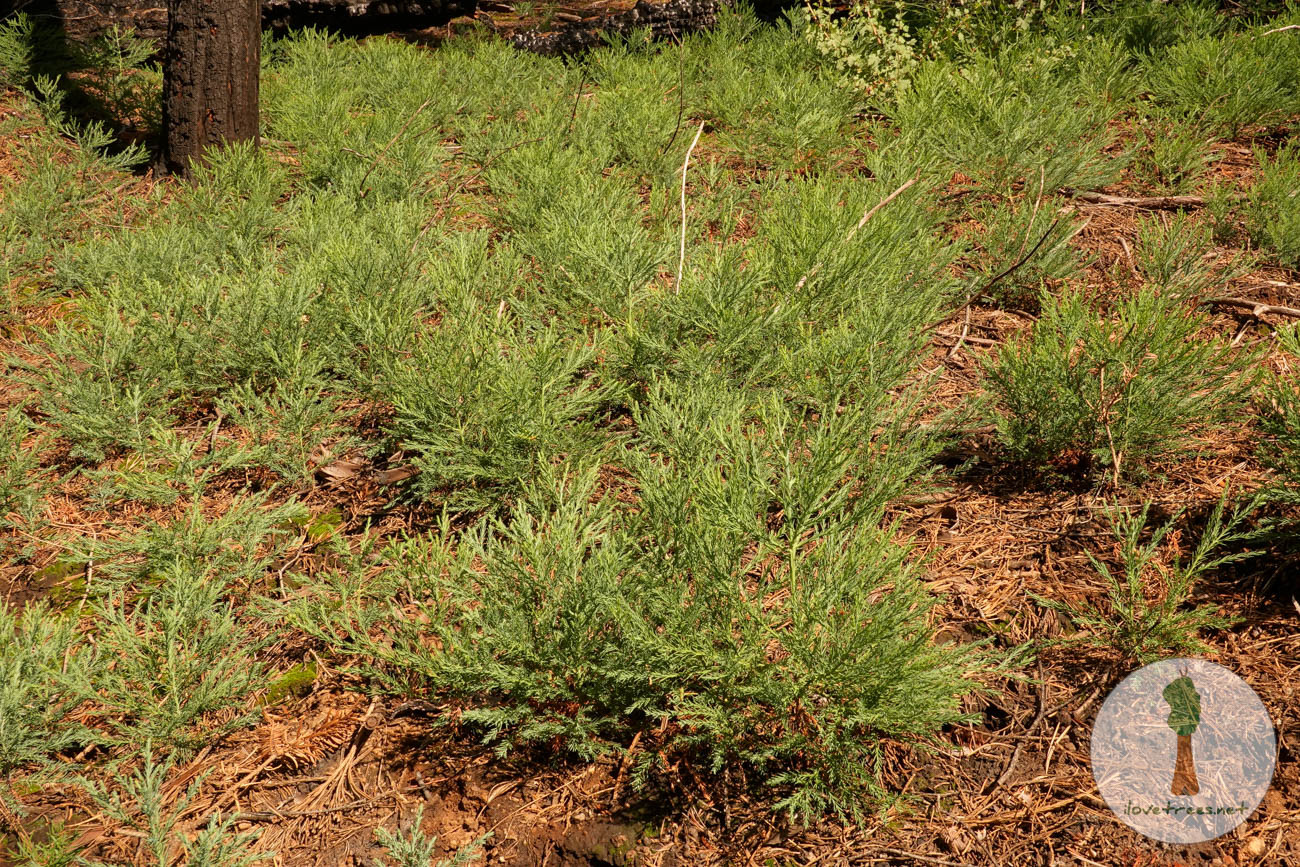
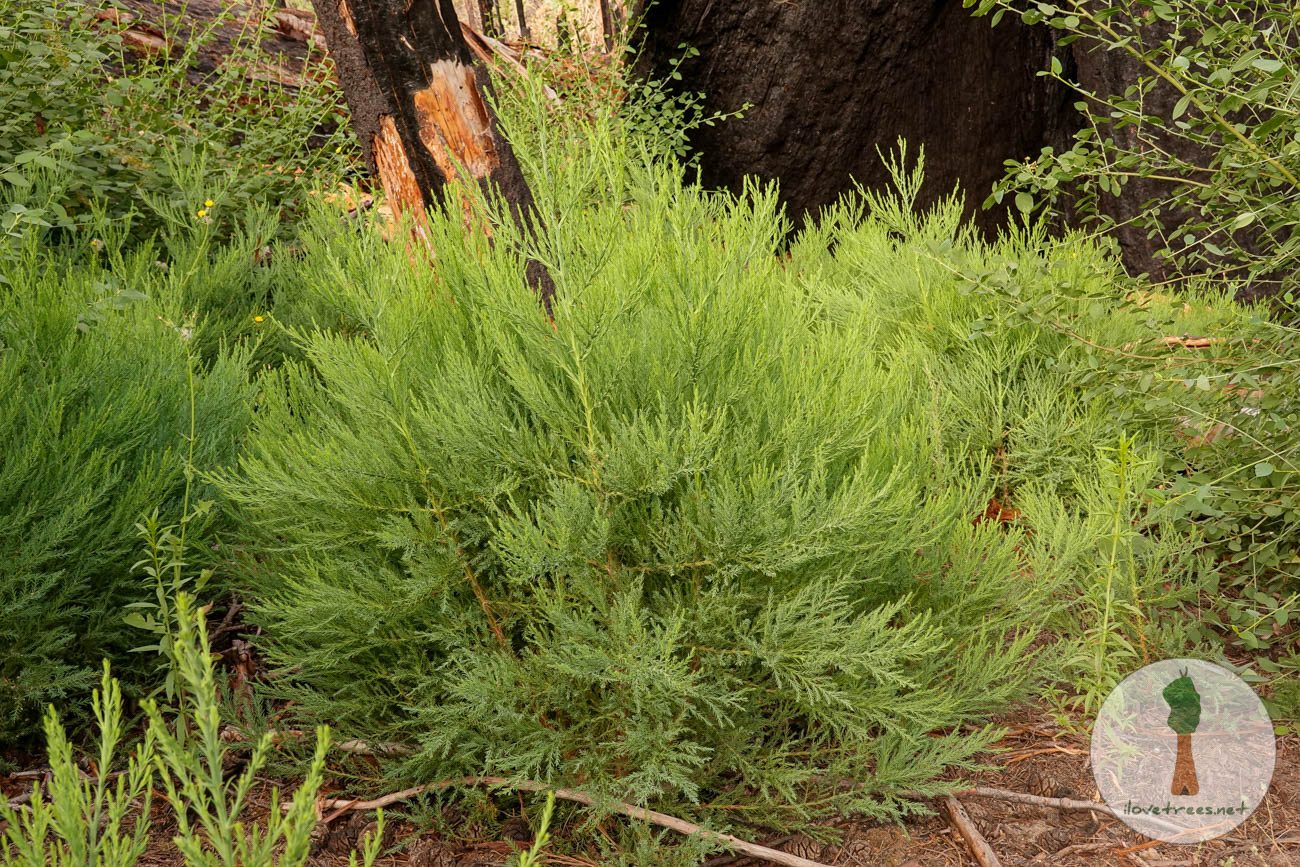
We humans, however, are notoriously impatient and self-important, with the idea that everyone and everything needs our “help.” The NPS and USFS have concluded (arbitrarily, based on cherry-picked anecdotes) that there aren’t enough seedlings to regenerate the forest. Supposedly a certain number of seedlings must be present so that one day one of them will become a monarch. How do we know? Who has lived two thousand years to watch a seedling become a monarch? The data being used only looks at prescribed burning, which in itself is unnatural and not at all the same as wildfire. So, humans have proposed going into these areas to log snags (the same snags providing habitat for spotted owls and providing shade to the new seedlings), and in some cases bringing in helicopters in order to plant seedlings. The seedlings already there and thriving will be trampled. The natural landscape that is so desperately trying to right itself will be thrown out of balance. NPS literature consistently states that sequoias need fire, that they thrive after fire. Yet somehow they now need our help? Yes, these fires were intense. Yes, monarchs were heartbreakingly scorched to death. But under those skeletons lie impressive fields of green progeny.
The USFS has already begun logging the sequoia groves (which is technically illegal, by the way, despite whatever made up Giant Sequoia Emergency Response they decreed). In these places, the forest has become hot and exposed as a result. And the natural seedlings are now struggling or dead. Wishon Grove, which had a carpet of seedlings post-Alder Fire, is almost completely devoid of these progeny after most companion conifers were cut within the grove. Were they stomped by loggers? Or just suddenly in an exposed field with no shade? Regardless of the reason, we caused this.
This notion of thinning (which is actually logging, since in most cases the biggest trees are cut rather than the smallest and most dense), planting, manipulating these forests that were doing just fine without us, is turning forests into plantations, into tree museums.
I was horror struck when I saw the initial landscapes in 2020 and 2021, but now I celebrate new life. If this has happened in less than three years, imagine what will happen in two hundred?
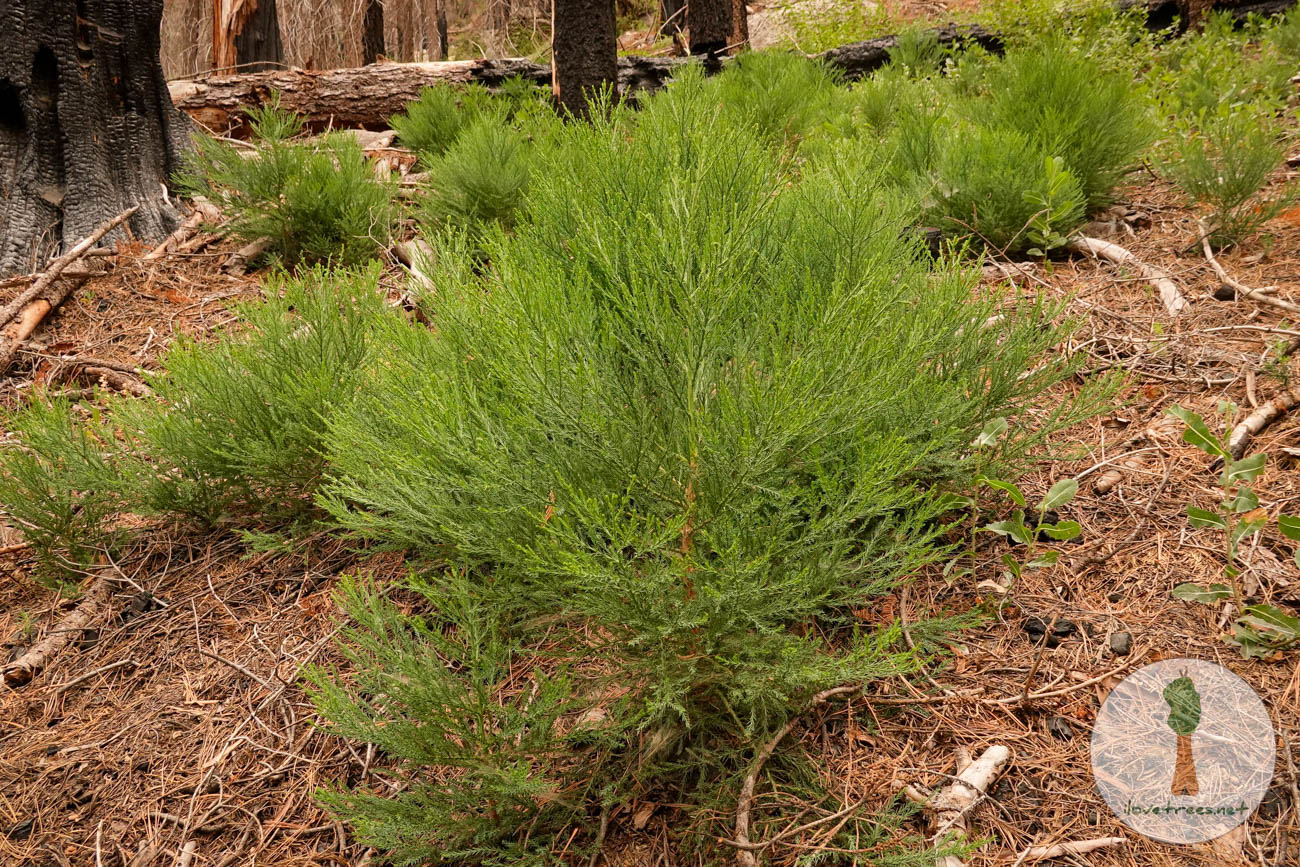
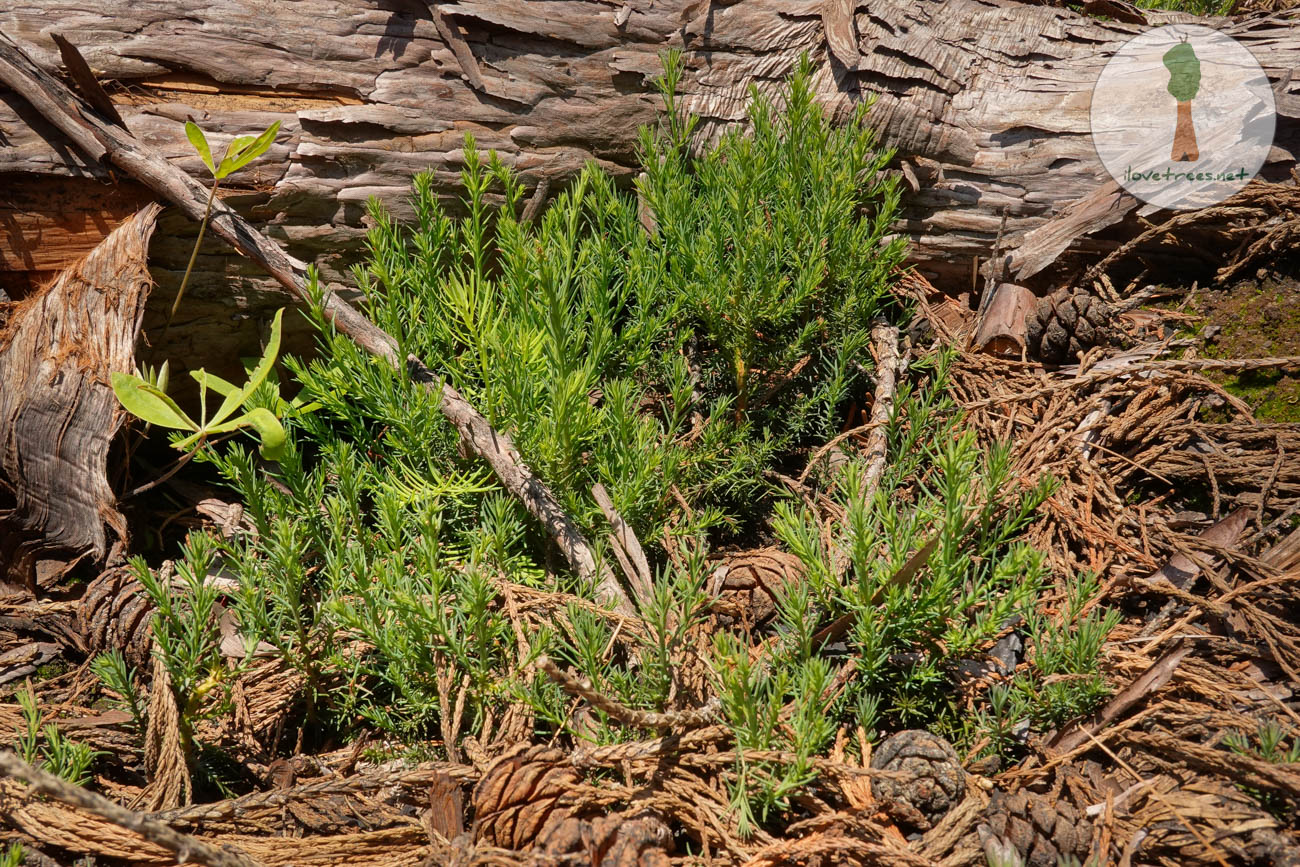
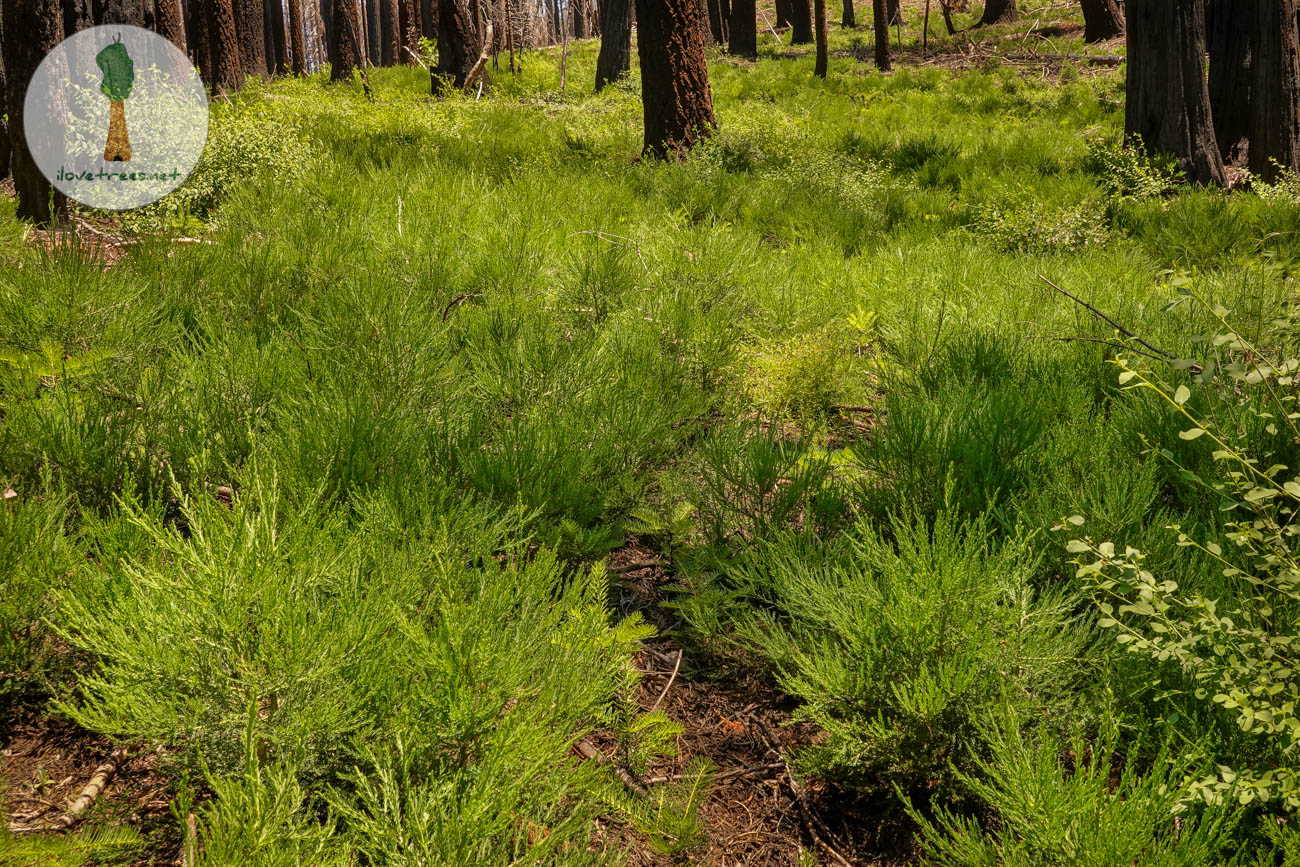
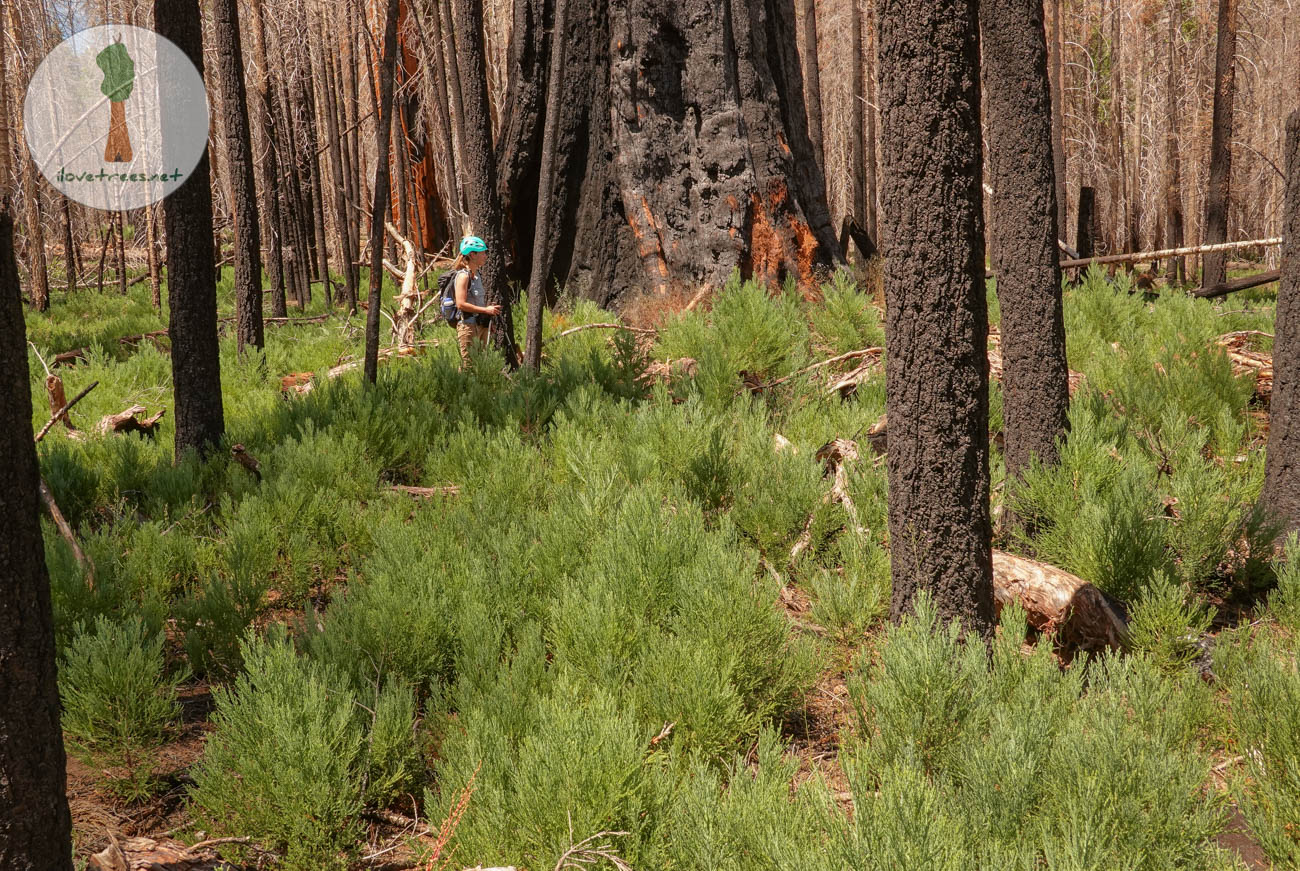
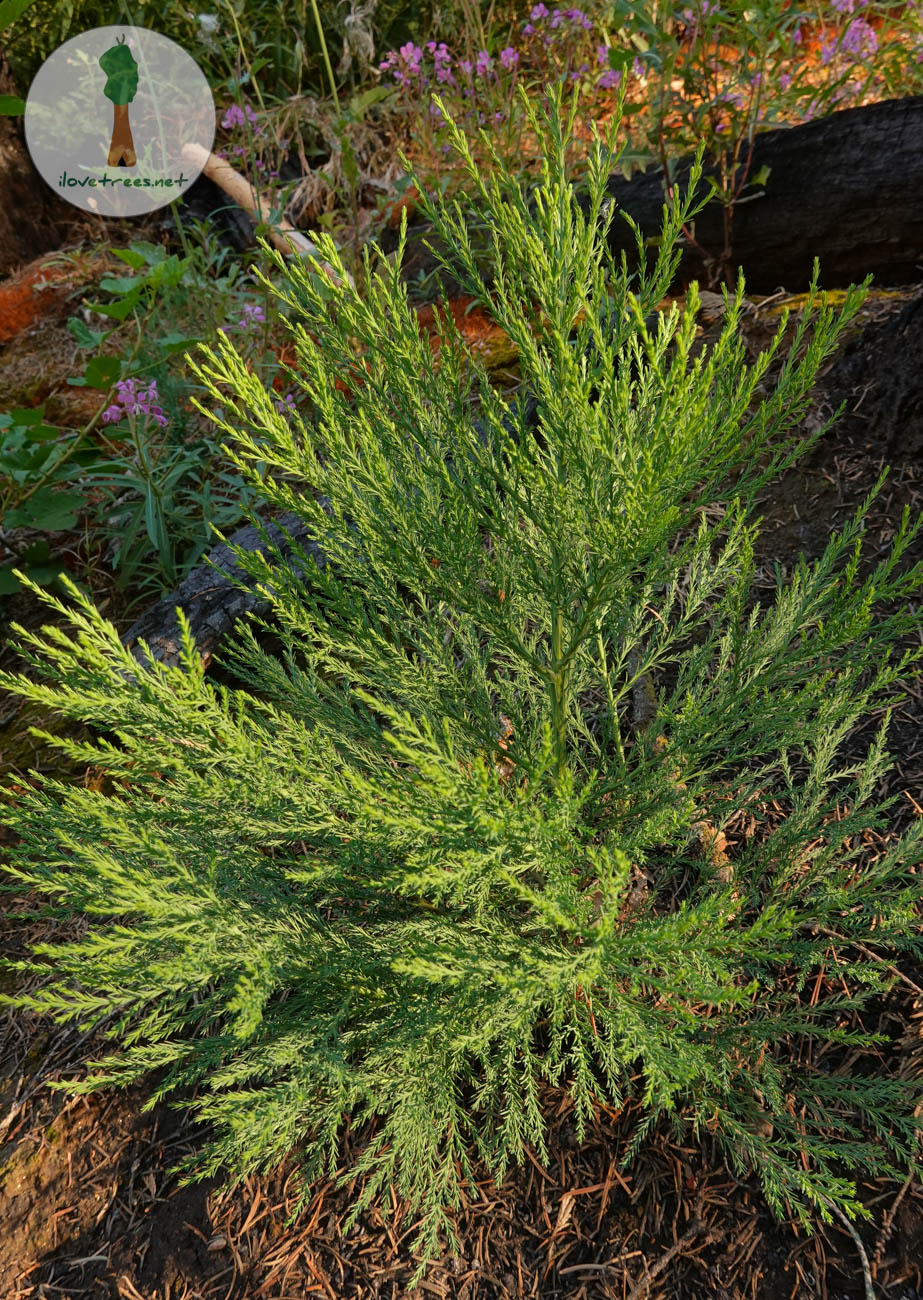
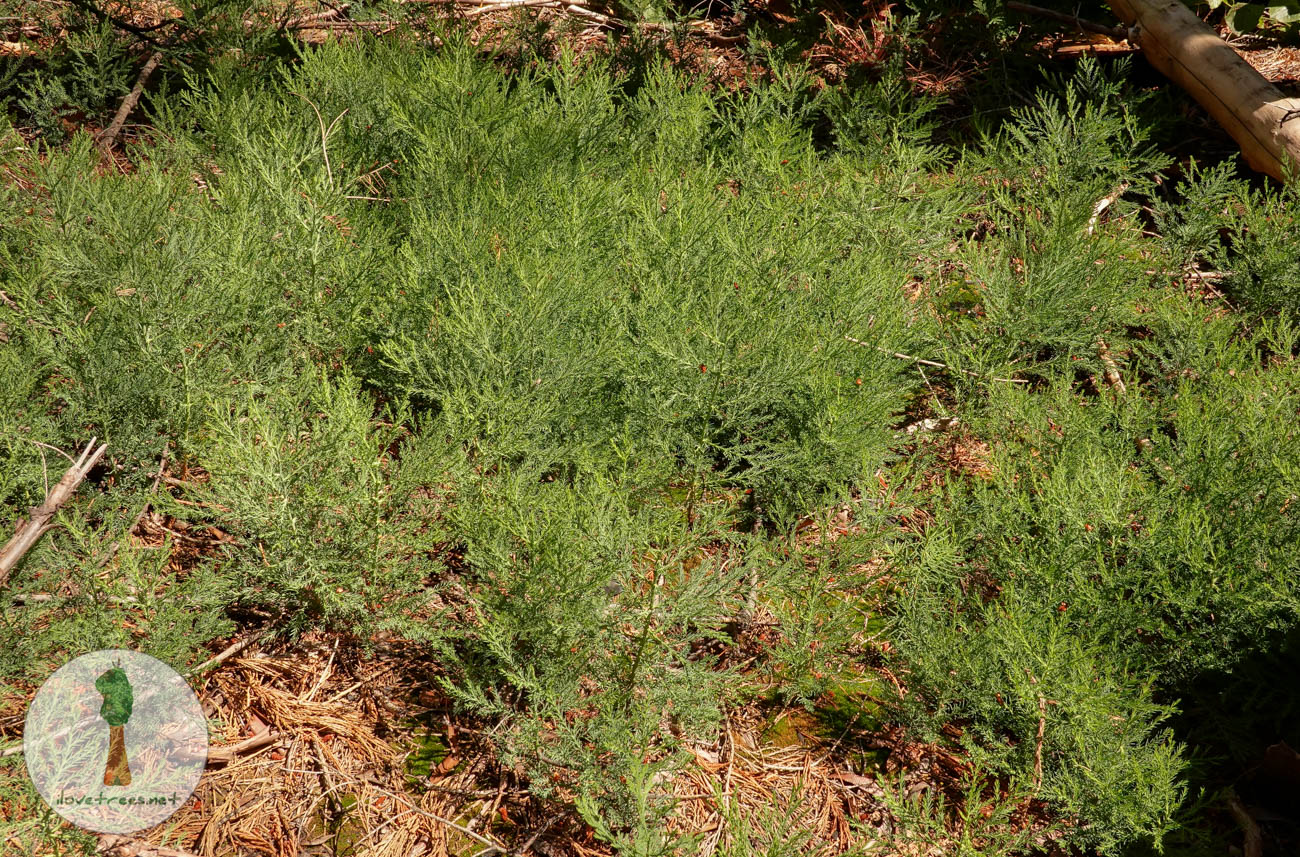
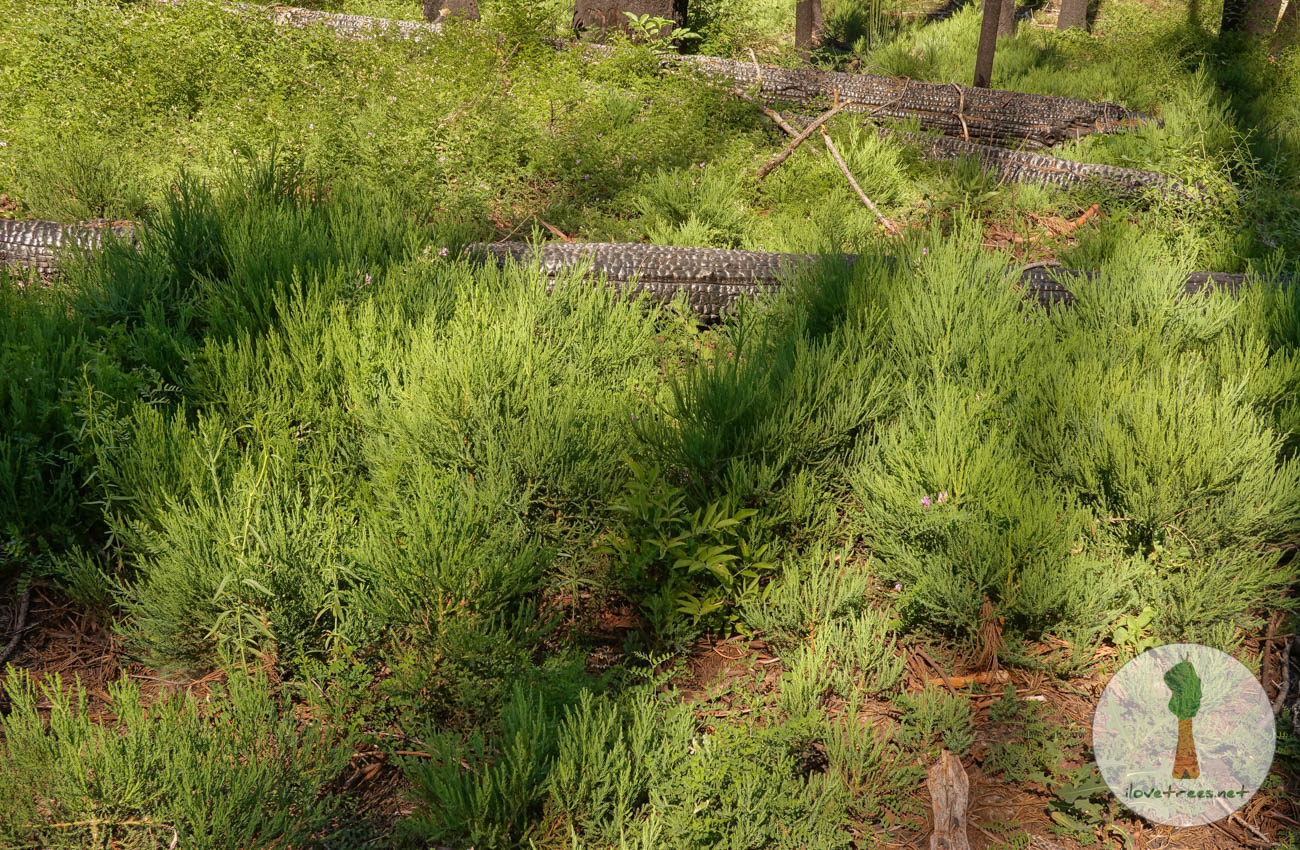
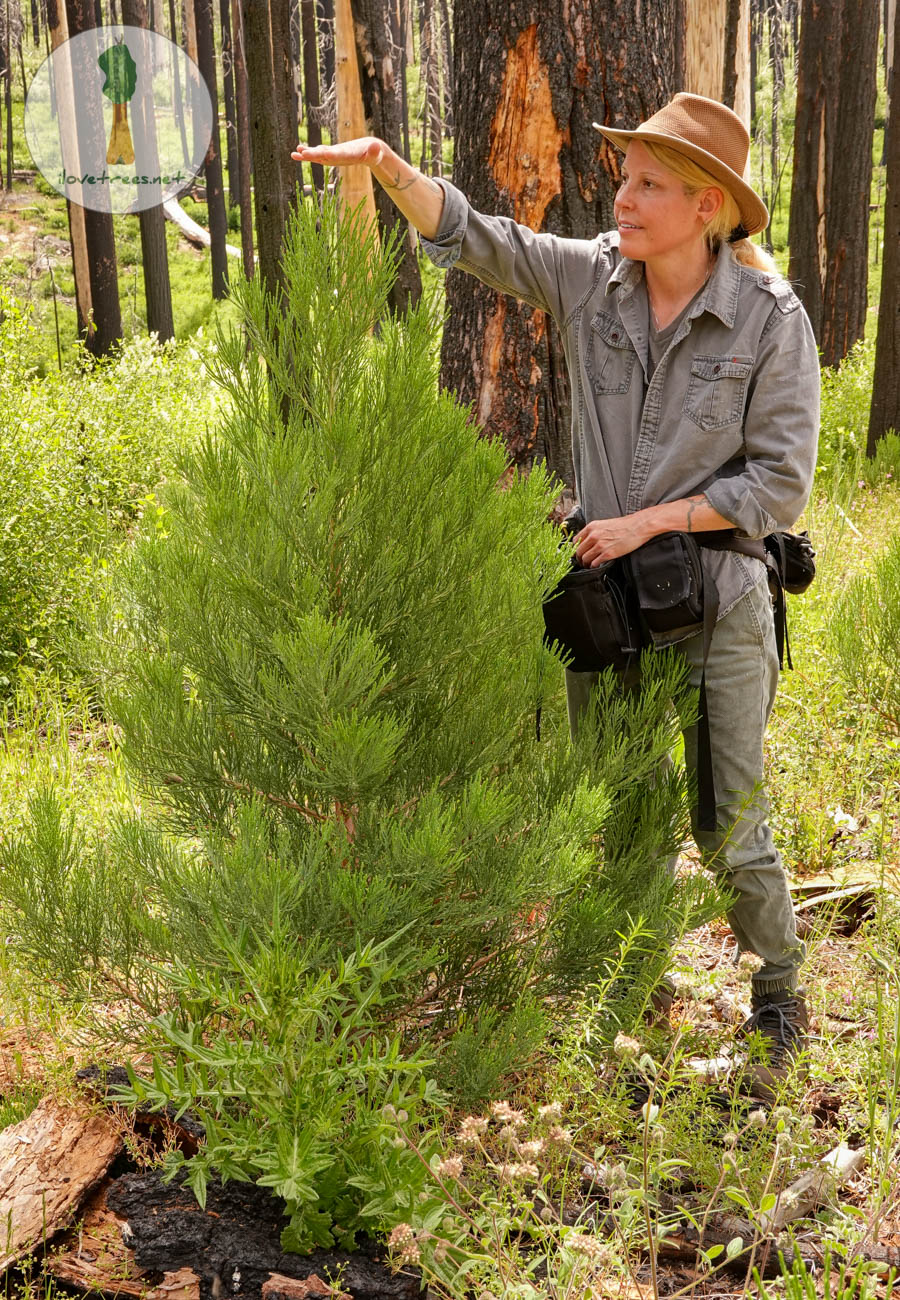
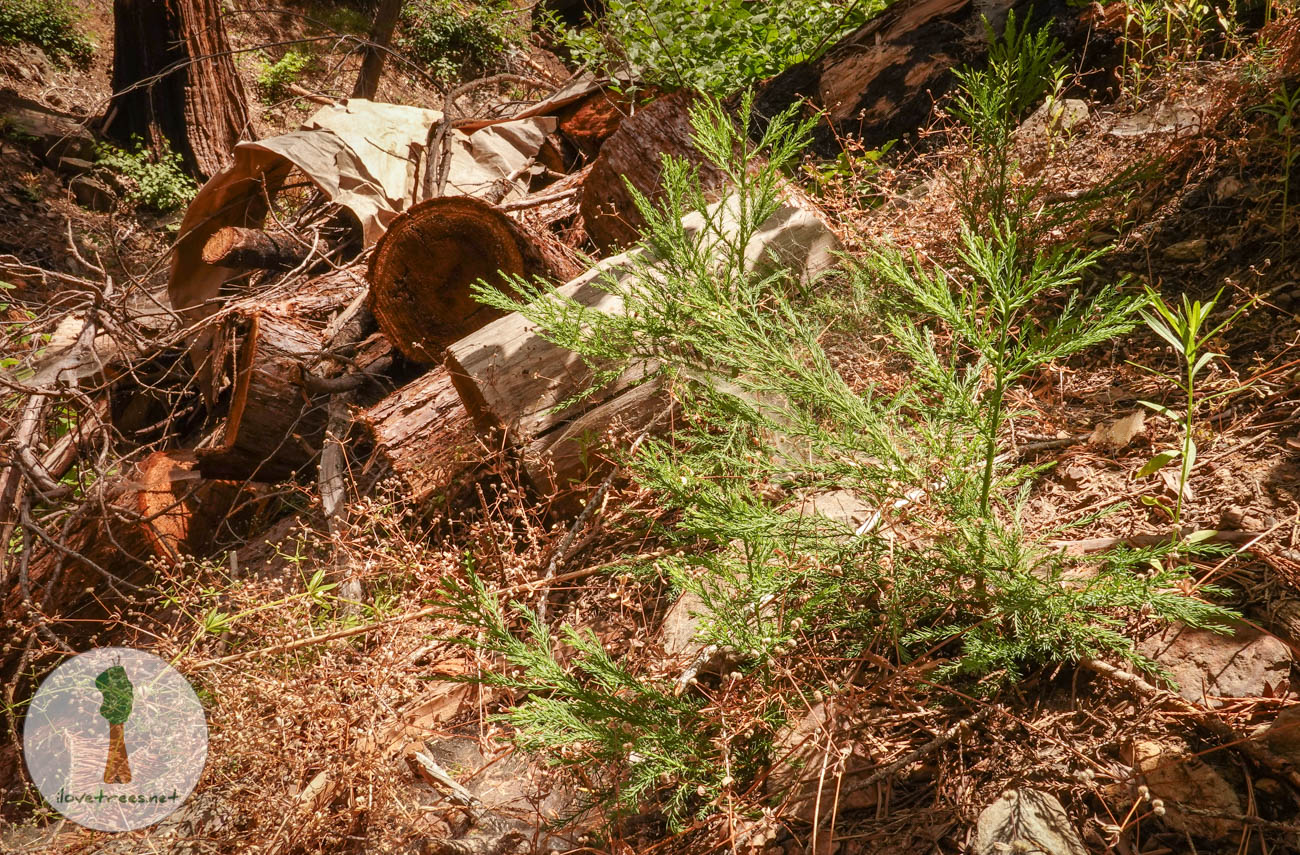
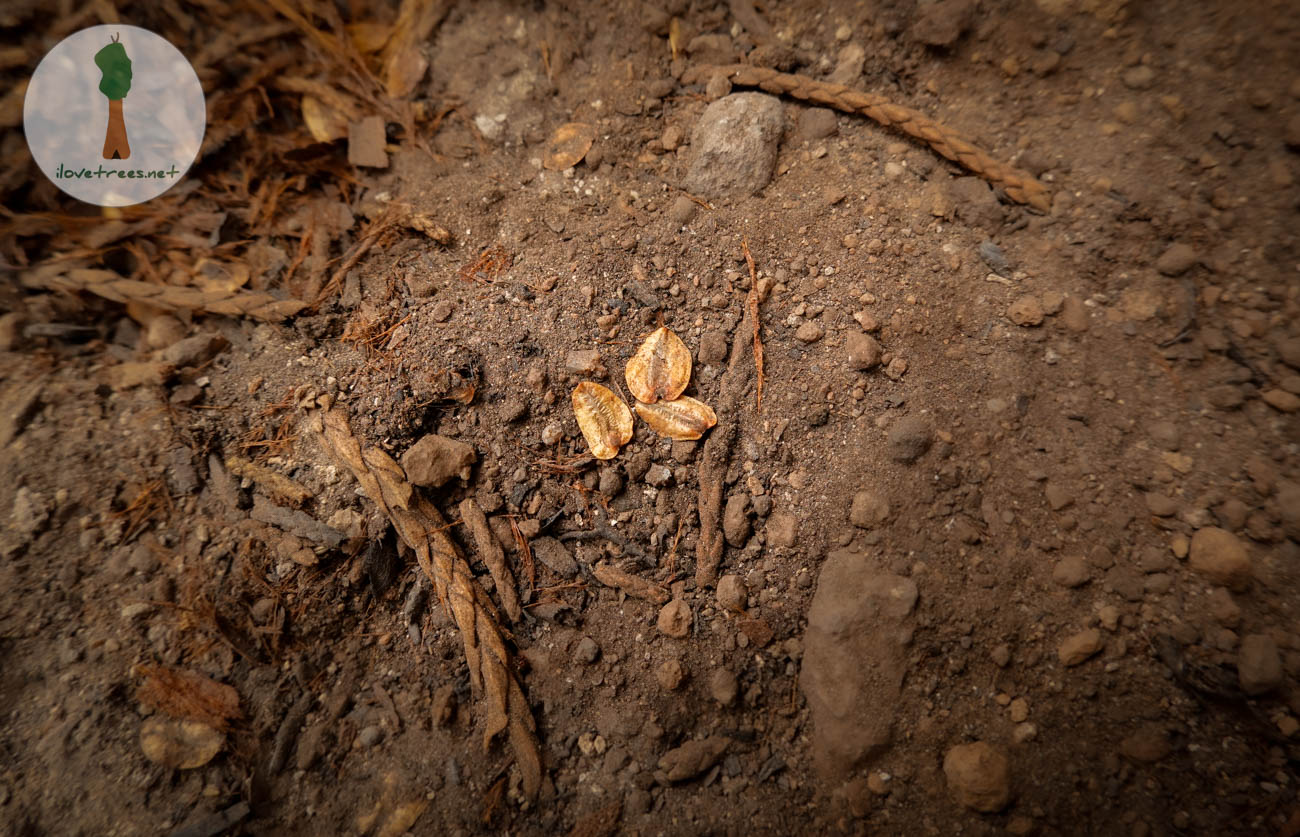
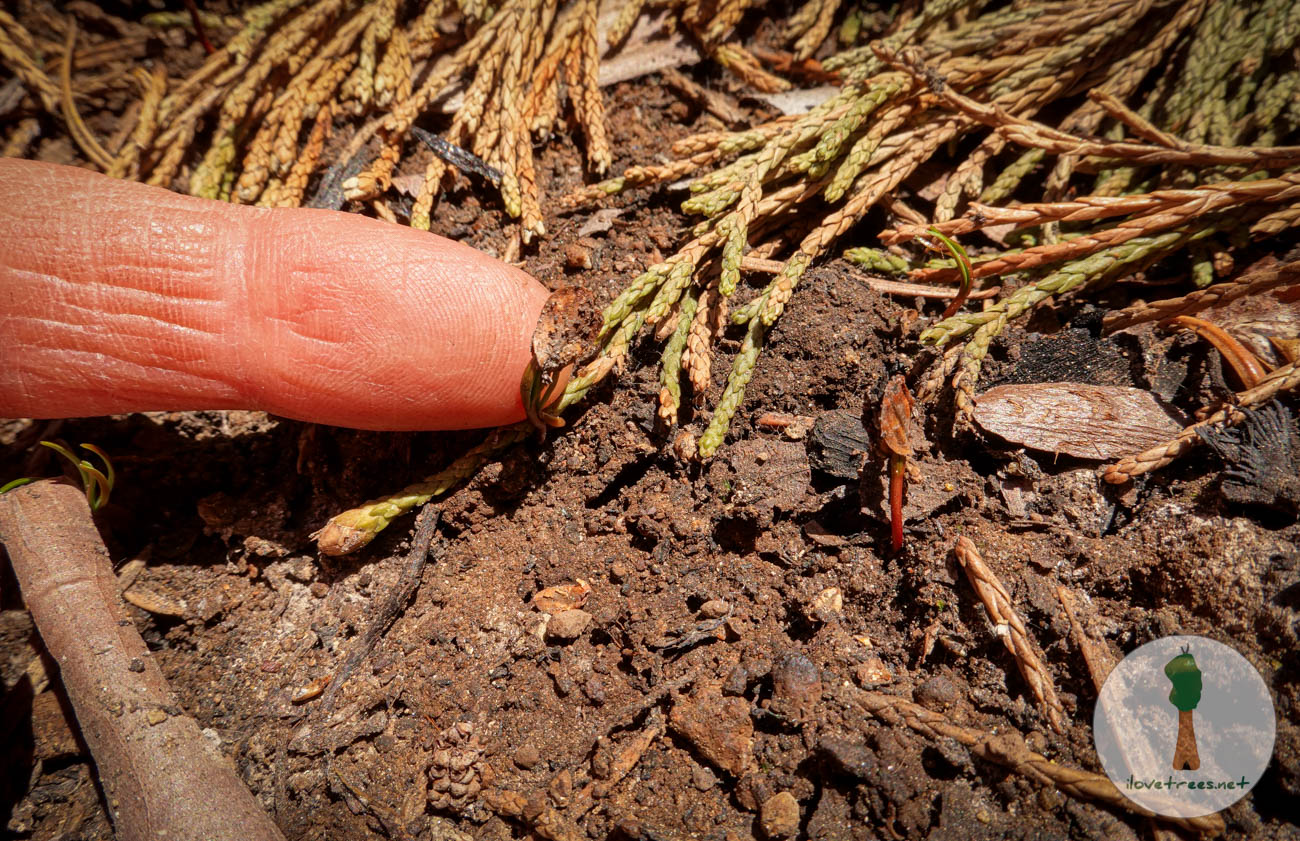
![]() About the Author:
About the Author:
Kim Dicso is a singer-songwriter, multi-instrumentalist, prosaist, hiker, traveler, vegan, and contributing author of nature writing for ilovetrees.net. Find her music at folkstar.net.
All photos and video by Sue Cag. All Rights Reserved. Photos and video may not be used without permission.
![]() About the Author:
About the Author:
Sue Cag is a musician, artist, writer, photographer, and nature preservationist.
All photos and video by Sue Cag. All Rights Reserved. Photos and video may not be used without permission.

